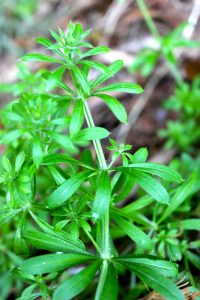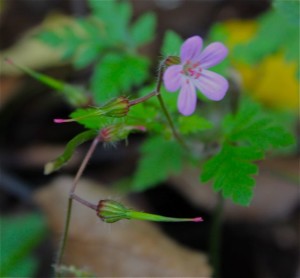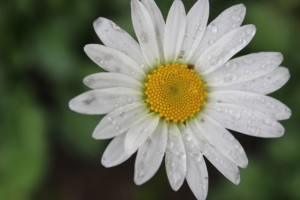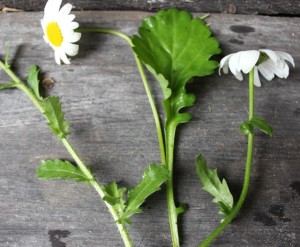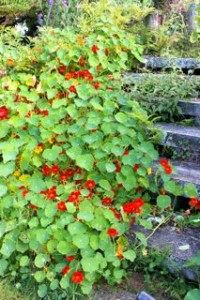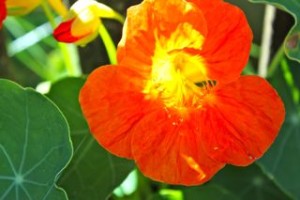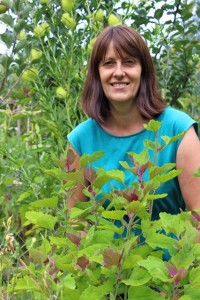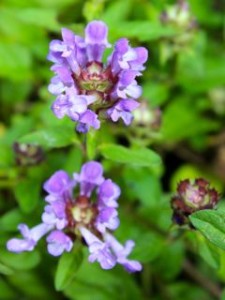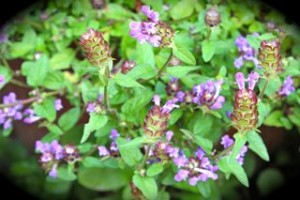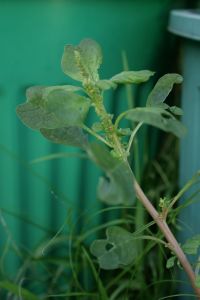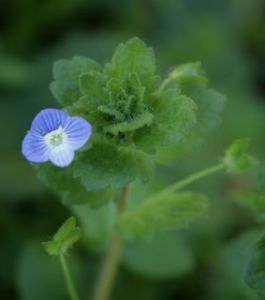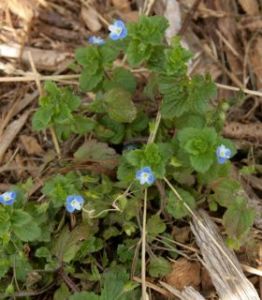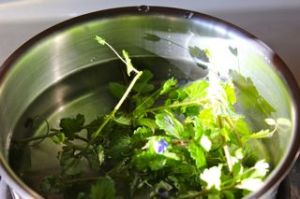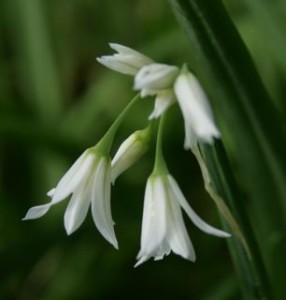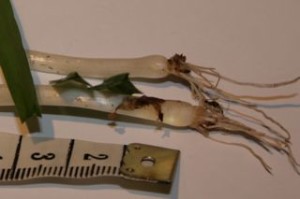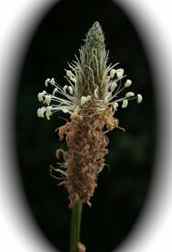There are young cleavers shoots coming up now in July. A sure sign we need this plant during winter to help clear and keep our lymphatic system in good shape and to purify our blood.
This plant is also known as biddy-bid, clivers, goosegrass or sticky willy.
Cleavers is a scrambling, weak stemmed annual considered a nuisance because it can grow up through and smother other plants. The stems and leaves cling to neighbouring plants by hook-like stiff hairs – they feel rough and scratchy to touch.
